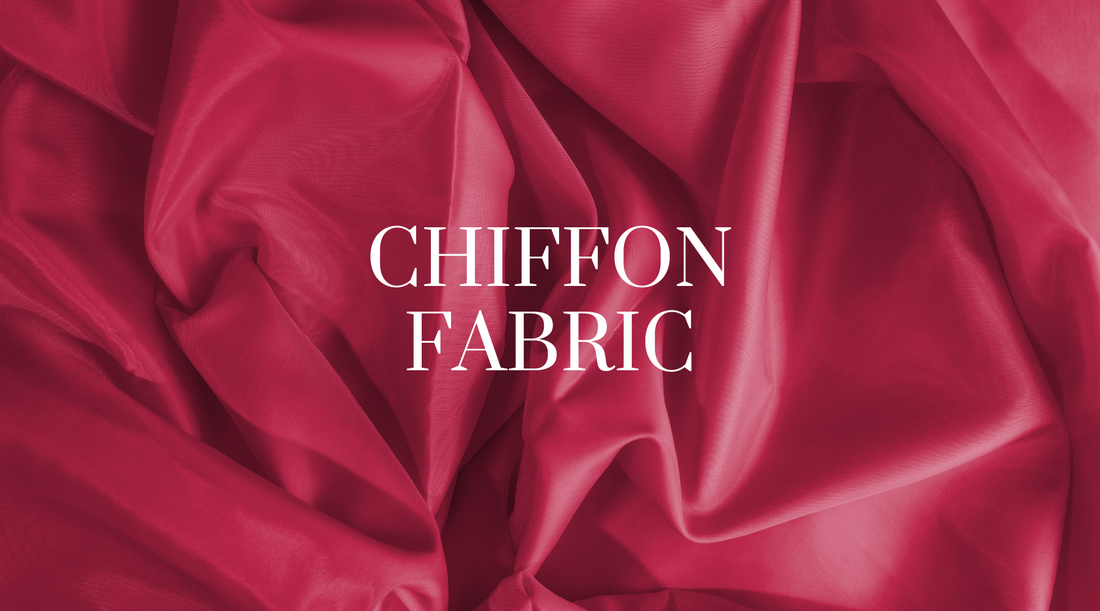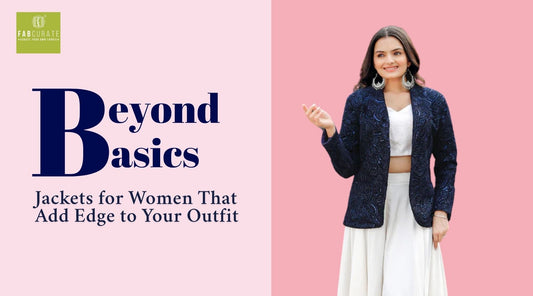Chiffon fabric, with its ethereal allure and delicate touch, has long been cherished in the realm of fashion and textile enthusiasts alike. This sheer, lightweight material holds a mystique that transcends time and trends. In this comprehensive guide, we delve into the essence of chiffon fabric, exploring its properties, manufacturing intricacies, diverse applications, global production centers, pricing dynamics, environmental footprint, and available certifications.
What Is Chiffon Fabric?
Chiffon fabric is a lightweight, sheer textile characterized by its fine, tightly twisted yarns. Renowned for its diaphanous quality, chiffon is crafted from highly twisted filament fibers such as silk, polyester, or nylon. This results in a fabric that drapes gracefully and possesses a subtle sheen, imparting an elegant, flowing movement to garments.
How Is Chiffon Fabric Made?
The manufacturing process of chiffon fabric involves intricate weaving techniques, typically utilizing a plain weave or a balanced weave structure. Fine yarns are meticulously woven in a manner that creates a sheer, gossamer-like texture. Post-weaving, the fabric undergoes a series of finishing processes, including washing and pressing, to enhance its softness and drape.
How Is Chiffon Fabric Used?
Chiffon fabric's versatility lends itself to a myriad of applications in the realm of fashion and beyond. From billowy blouses and flowing dresses to sheer scarves and elegant curtains, chiffon's lightweight and airy nature make it a favored choice for creating ethereal silhouettes and adding a touch of sophistication to various garments and decor items.
Where Is Chiffon Fabric Produced?
Chiffon fabric production is a global endeavor, with manufacturing hubs scattered across the continents. While historically associated with silk production in countries like China, India, and France, modern chiffon fabrication also thrives in regions known for their textile prowess, including Italy, Japan, and South Korea. Moreover, the advent of synthetic fibers has expanded production capabilities, with polyester and nylon chiffon being manufactured in countries with robust textile industries such as Taiwan, Indonesia, and Turkey.
How Much Does Chiffon Fabric Cost?
The cost of chiffon fabric varies depending on several factors, including the type of fiber used, production techniques, and quality standards. Silk chiffon, prized for its luxurious feel and natural luster, tends to command a higher price point compared to its synthetic counterparts. Additionally, intricacies in weaving and finishing processes can influence the final cost. On average, chiffon fabric prices range from moderately affordable for polyester variants to more luxurious for silk chiffon, catering to a diverse spectrum of budgets and preferences.
What Different Types of Chiffon Fabric Are There?
Chiffon fabric comes in an array of variations, distinguished by the type of fiber used, weave structure, and finishing techniques. Silk chiffon fabric exudes opulence with its smooth texture and subtle sheen, while polyester chiffon offers affordability and durability without compromising on aesthetics. Other variants include nylon chiffon, which boasts resilience and versatility, and blended chiffons that combine different fibers to achieve desired properties such as stretch or wrinkle resistance.
How Does Chiffon Fabric Impact the Environment?
The environmental impact of chiffon fabric varies depending on the production processes and choice of fibers. While silk chiffon derived from natural silk fibers involves the cultivation of silkworms and labor-intensive extraction methods, synthetic chiffon manufactured from polyester or nylon entails chemical processes and relies on non-renewable resources. However, advancements in sustainable practices, such as eco-friendly dyeing techniques and recycled fiber options, aim to mitigate the environmental footprint of chiffon fabric production.
Chiffon Fabric Certifications Available
Various certifications and standards exist to attest to the quality, sustainability, and ethical practices associated with chiffon fabric production. Certifications like OEKO-TEX® ensure that chiffon textiles are free from harmful substances, promoting consumer safety and environmental responsibility. Additionally, certifications from industry associations and governing bodies may validate adherence to fair labor practices and sustainable manufacturing principles, offering reassurance to conscientious consumers and businesses alike.
In conclusion, chiffon fabric remains a timeless and versatile textile cherished for its ethereal allure and delicate touch. From its origins in silk production to modern innovations with synthetic fibers, chiffon continues to captivate fashion enthusiasts and interior designers alike with its sheer elegance and graceful drape. While the cost of chiffon fabric varies depending on factors such as fiber type and production techniques, advancements in sustainability and certification programs offer reassurance to conscientious consumers seeking quality and ethical standards. As we continue to appreciate the beauty and versatility of chiffon fabric, let us also strive to embrace sustainable practices that uphold its legacy for generations to come, ensuring a brighter future for both the industry and the chiffon material itself.
















